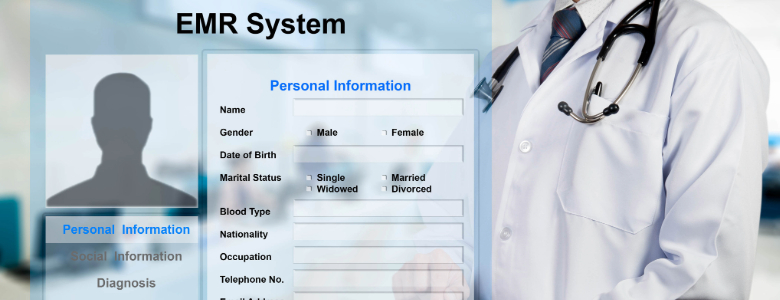Electronic medical records (frequently abbreviated to EMR) are traditional medical records that have been converted from paper to digital format. Although the conversion can be a time-intensive process, it’s definitely worth it. Once records are digitized through EMR integration, they can be accessed more quickly. Doctors, nurses, and other staff will spend less time on paperwork and more time with patients.
Are you a key policymaker at a hospital or medical facility? If so, you may be contemplating integrating EMR into your own medical organization.
If you’re still on the fence, check out these five benefits of EMR integration. They just may help you make up your mind.
1. Widespread Access
If a doctor needs a file on a patient, where do they have to go to get it? Is it nearby or all the way at the other end of the hospital? If these records are available on any computer throughout the hospital, that saves doctors time trekking from one floor to another. Those are valuable minutes that could be spent saving lives.
While distances are shorter in small clinics and private practices, the time spent finding records is no less valuable. EMR systems are beneficial to health organizations of all sizes.
2. Analytics
EMR integration is about more than making the swap from paper to digital record-keeping. It’s also about keeping better track of patient health and how the organization runs. Through EMR, it’s possible to gather analytical data that can improve the operations of the practice. Stakeholders in the organization can make decisions on supply inventory, scheduling, workflow, and more based on the data provided by EMR.
3. Up-to-Date Documentation
Medical coding is an ever-evolving job field. That said, sometimes organizations don’t have the time or the manpower to make sure coding practices are up-to-date.
This can be dangerous for patient health and for the practice’s reputation. By moving to digital with EMR, it’s possible to update coding quickly and easily. Instead of spending hours going through patient records by hand, this can be done with digital efficiency.
4. More Money-Making Potential
Although EMR integration can be expensive, the money a hospital can make back through digitizing more than covers the cost. Here’s how:
- Less time wasted by doctors, nurses, and medical staff flipping through paper records. That increases productivity.
- Better health outcomes for patients, which means a better reputation for the practice. That could lead to more patients choosing the practice for their medical needs.
- Fewer chances of mistakes in coding or documentation. That saves money on potentially pricey lawsuits on insurance claims.
5. And the Biggest Benefit of EMR Integration Is…A Better Practice
Medical offices are high-energy places on a good day. On a bad day, the stress levels are palpable. The fewer complications preventing a practice from achieving optimal performance, the better.
That’s why EMR is such a great choice for organizations still using paper records. Whether your clinical staff needs to be more productive or you want to save some money, make the switch from paper to digital records.
If you need some help with that switch, be sure to contact CIS Consulting. We offer services that cover the move to EMR, from project management and implementation to legacy support and help desk support when the conversion is completed. We work for the success of your organization every step of the way. To learn more or get started, contact us today!

